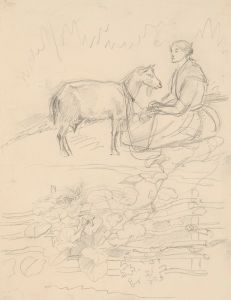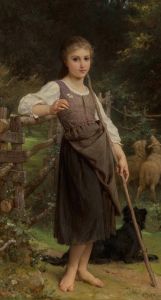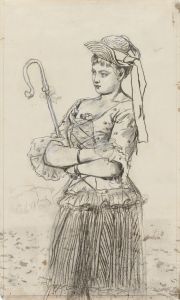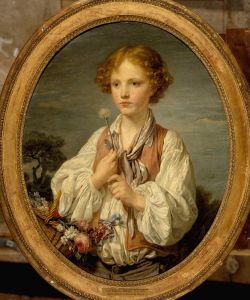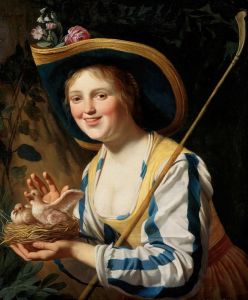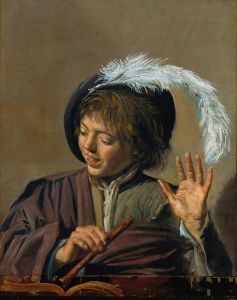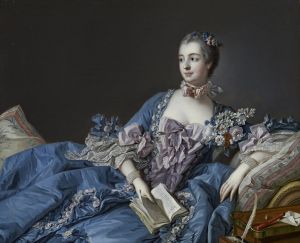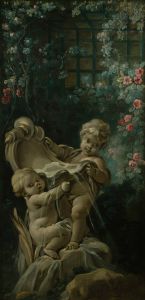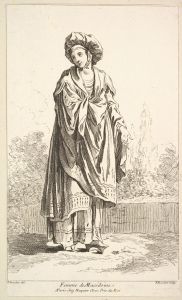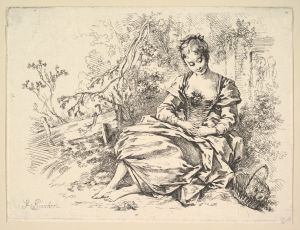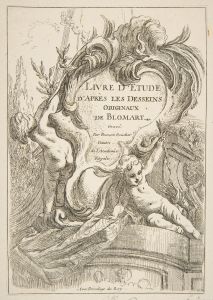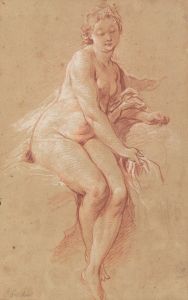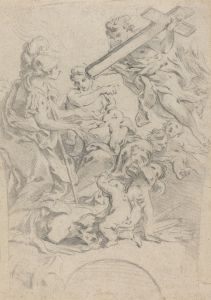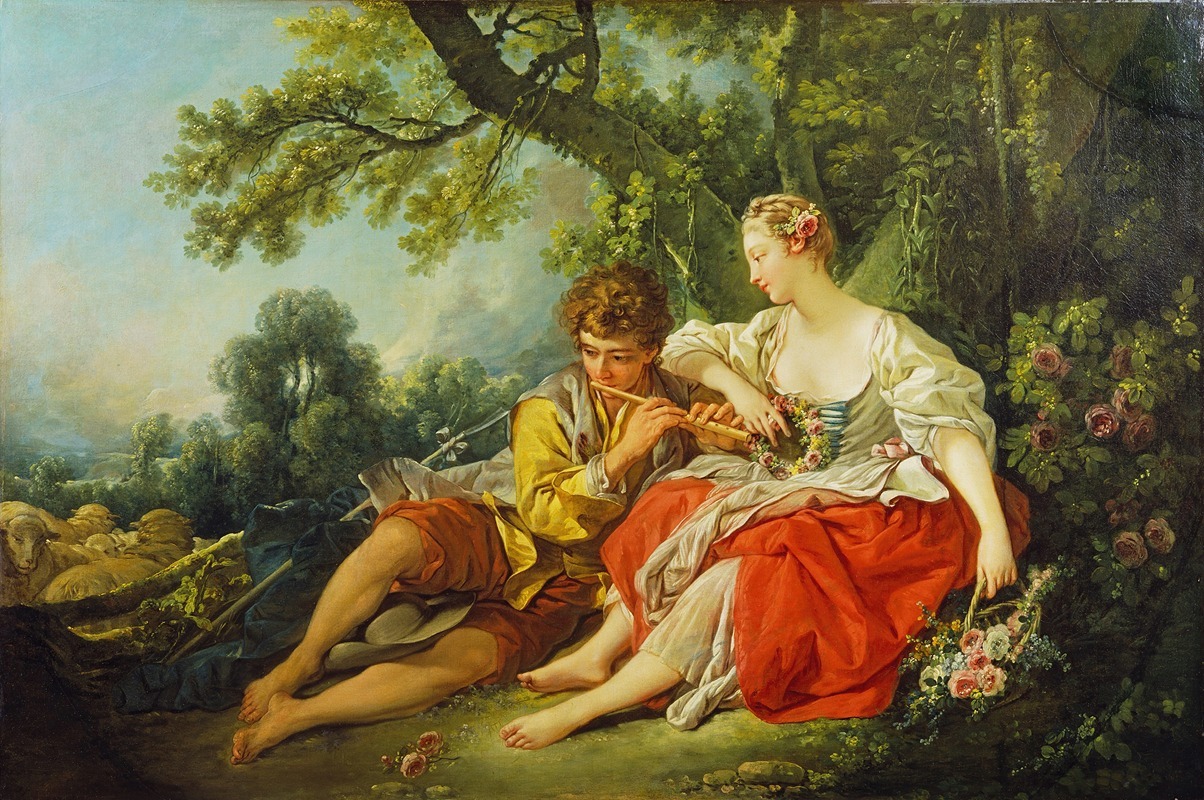
Shepherd Piping to a Shepherdess
A hand-painted replica of François Boucher’s masterpiece Shepherd Piping to a Shepherdess, meticulously crafted by professional artists to capture the true essence of the original. Each piece is created with museum-quality canvas and rare mineral pigments, carefully painted by experienced artists with delicate brushstrokes and rich, layered colors to perfectly recreate the texture of the original artwork. Unlike machine-printed reproductions, this hand-painted version brings the painting to life, infused with the artist’s emotions and skill in every stroke. Whether for personal collection or home decoration, it instantly elevates the artistic atmosphere of any space.
François Boucher was a prominent French painter of the Rococo style, known for his idyllic and voluptuous paintings of classical themes, decorative allegories, and pastoral scenes. One of his works, "Shepherd Piping to a Shepherdess," exemplifies the Rococo movement's emphasis on lightness, elegance, and an idealized view of rural life.
Boucher was born in Paris in 1703 and became one of the most celebrated painters of the 18th century. He was a favorite of Madame de Pompadour, the chief mistress of King Louis XV, and his works were highly sought after by the French aristocracy. Boucher's art is characterized by its playful and sensuous nature, often depicting mythological and pastoral scenes with a sense of whimsy and charm.
"Shepherd Piping to a Shepherdess" is a quintessential example of Boucher's pastoral scenes, which were inspired by the Rococo fascination with nature and the countryside. These works often depicted shepherds and shepherdesses in idealized rural settings, engaging in leisurely activities. The painting captures a moment of serene beauty, with a shepherd playing a pipe to a shepherdess, surrounded by a lush, idyllic landscape.
The composition of the painting reflects Boucher's mastery of color and form. The figures are elegantly posed, and the soft, pastel colors create a dreamlike atmosphere. The use of light and shadow adds depth to the scene, enhancing the sense of tranquility and harmony. Boucher's attention to detail is evident in the delicate rendering of the figures' clothing and the natural elements surrounding them.
Boucher's pastoral scenes, including "Shepherd Piping to a Shepherdess," were not merely decorative; they also reflected contemporary tastes and cultural ideals. During the 18th century, there was a growing interest in the simplicity and innocence of rural life, which was seen as a counterpoint to the complexity and corruption of urban society. Boucher's paintings catered to this idealized vision of the countryside, offering viewers an escape into a world of beauty and simplicity.
The Rococo style, with its emphasis on ornamentation and elegance, was well-suited to the tastes of the French aristocracy, who were the primary patrons of artists like Boucher. His works adorned the walls of palaces and private residences, serving as a testament to the opulence and sophistication of the period.
Despite the popularity of his work during his lifetime, Boucher's reputation declined in the years following his death in 1770, as tastes shifted towards the Neoclassical style, which emphasized simplicity and moral seriousness. However, in the 20th century, there was a renewed appreciation for Boucher's contributions to art, and his works are now recognized for their technical skill and their role in defining the Rococo aesthetic.
"Shepherd Piping to a Shepherdess" remains an enduring example of Boucher's ability to capture the essence of the Rococo style, with its emphasis on beauty, grace, and an idealized vision of nature. The painting continues to be admired for its artistic merit and its reflection of the cultural values of 18th-century France.





